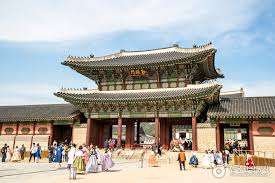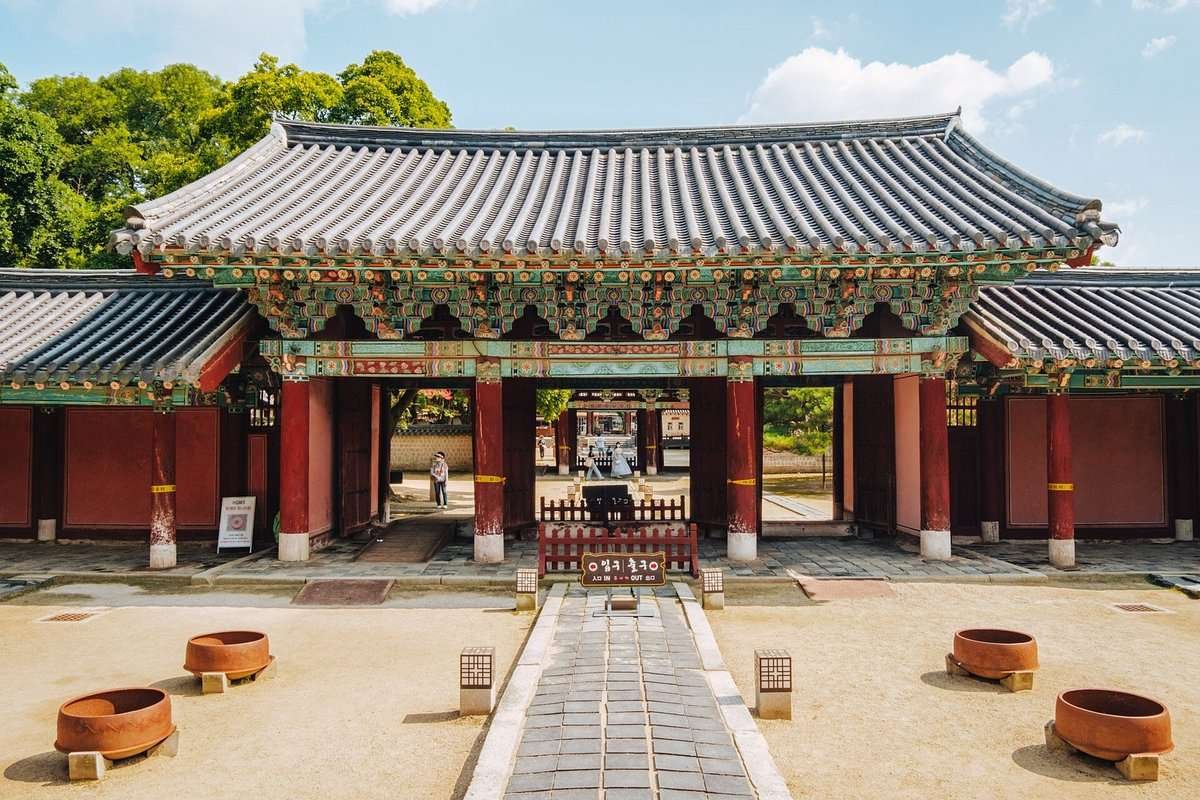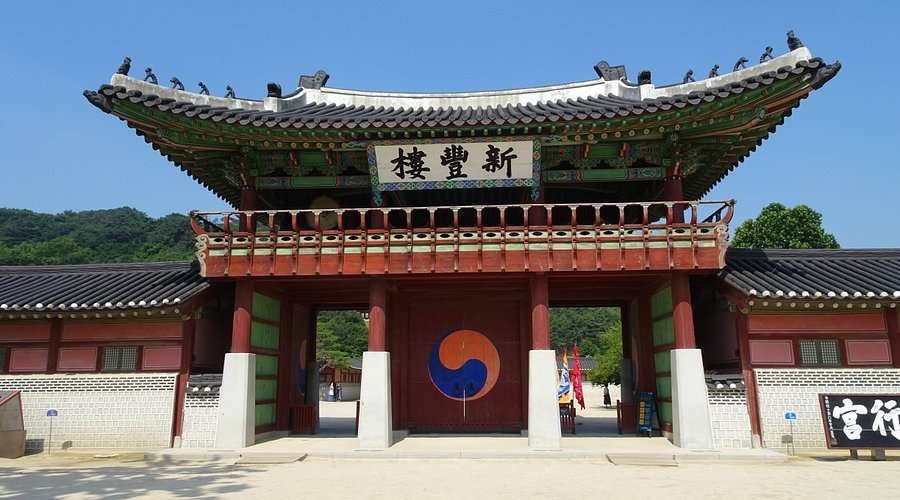Joseon Dynasty

Tourism Sites

Gyeongbokgung Palace
🧠 Fact: Built in 1395, Gyeongbokgung is the largest of the Five Grand Palaces from the Joseon Dynasty.
💡 Tip: Renting a hanbok (traditional Korean attire) grants you free entry and enriches the cultural experience.
Info: Gyeongbokgung Palace, located in Seoul, South Korea, is the largest and most iconic of the Five Grand Palaces built during the Joseon Dynasty. Originally constructed in 1395, it served as the main royal residence and symbol of national sovereignty. The palace features stunning traditional architecture, expansive courtyards, and the picturesque Gyeonghoeru Pavilion. Visitors can witness the changing of the royal guard ceremony and explore the National Palace Museum and the National Folk Museum within its grounds. Gyeongbokgung offers a fascinating glimpse into Korea's royal history and cultural heritage.
- 📍 South Korea, Seoul

Gyeonggijeon Shrine
🧠 Fact: Built in 1410, it enshrines a portrait of King Tae-jo, founder of the Joseon Dynasty.
💡 Tip: Ideal for peaceful strolls — especially in spring when cherry blossoms bloom.
Info: Gyeonggijeon Shrine, located in Jeonju, South Korea, is a historic site built in 1410 to enshrine the portrait of King Taejo, the founder of the Joseon Dynasty. Surrounded by ancient pine trees and traditional architecture, the shrine offers a peaceful glimpse into Korea’s royal heritage. The complex also houses a museum displaying historical artifacts, royal portraits, and documents. Its well-preserved hanok buildings and serene atmosphere make it a popular destination for history enthusiasts and tourists exploring the nearby Jeonju Hanok Village.
- 📍 South Korea, Jeonju

Hwaseong Haenggung Palace
🧠 Fact: Korea’s largest temporary palace, historically used by King Jeongjo during royal visits.
💡 Tip: Time your visit for a reenactment of royal parades on weekends.
Info: Hwaseong Haenggung Palace, nestled in Suwon, South Korea, is the royal temporary residence within the grand Hwaseong Fortress, built under King Jeongjo in 1794. Designed as a retreat for the king during official visits, the palace showcases beautifully restored hanok-style buildings—such as the Jeongjeongmun Gate and the Jongyemun Hall—set amidst pine trees and winding fortress walls. Its intimate scale and serene courtyards offer a glimpse into Joseon-era royal life away from the main palace in Seoul. Today, Hwaseong Haenggung hosts cultural performances, traditional ceremonies, and festivals, inviting visitors to step back into Korea’s regal past.
- 📍 South Korea, Jeonju
